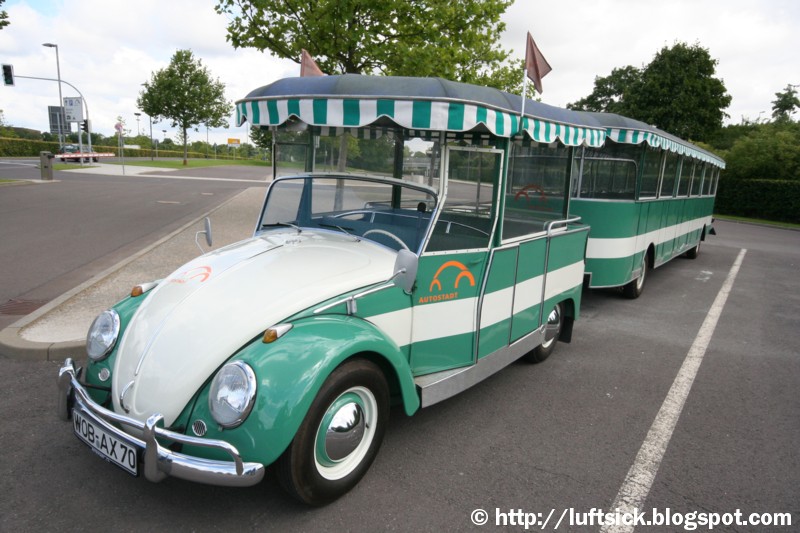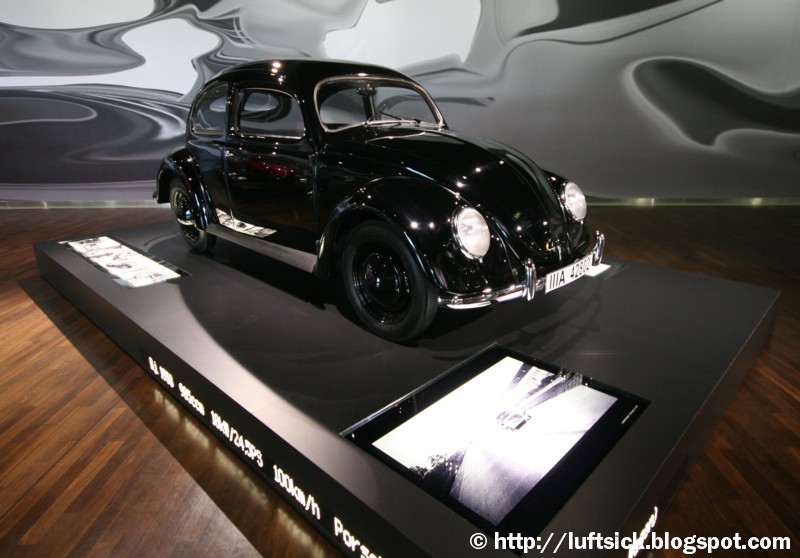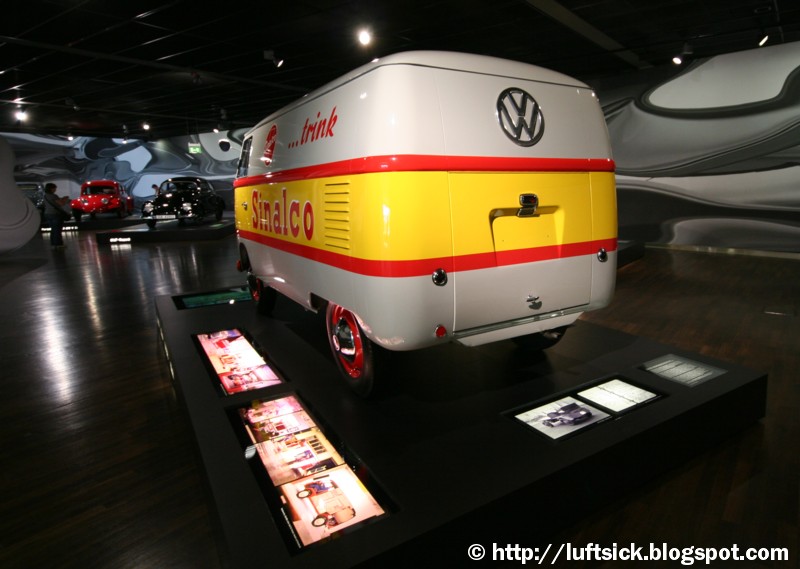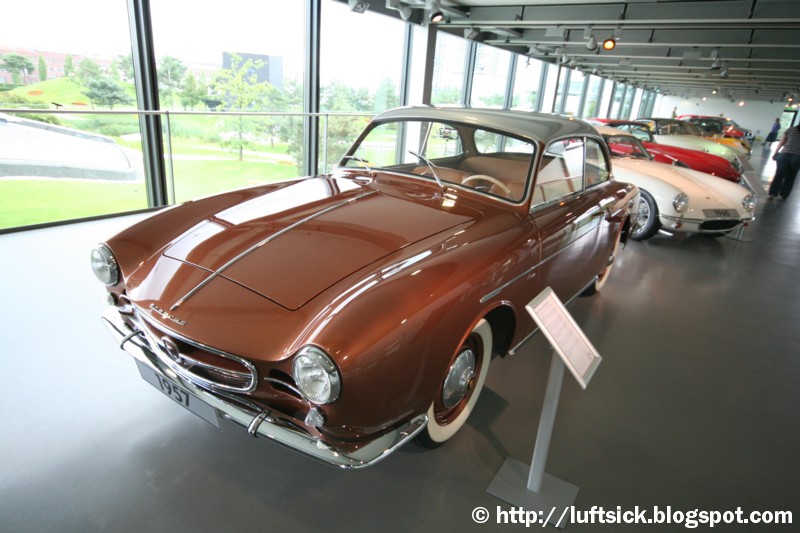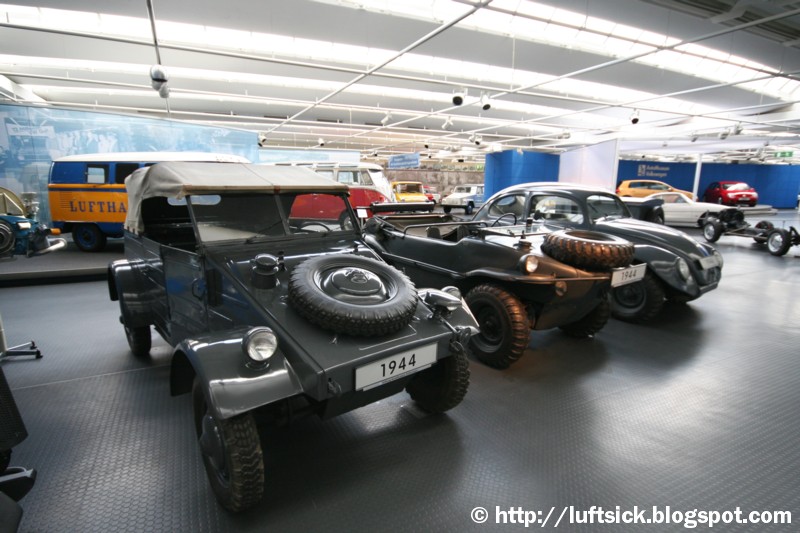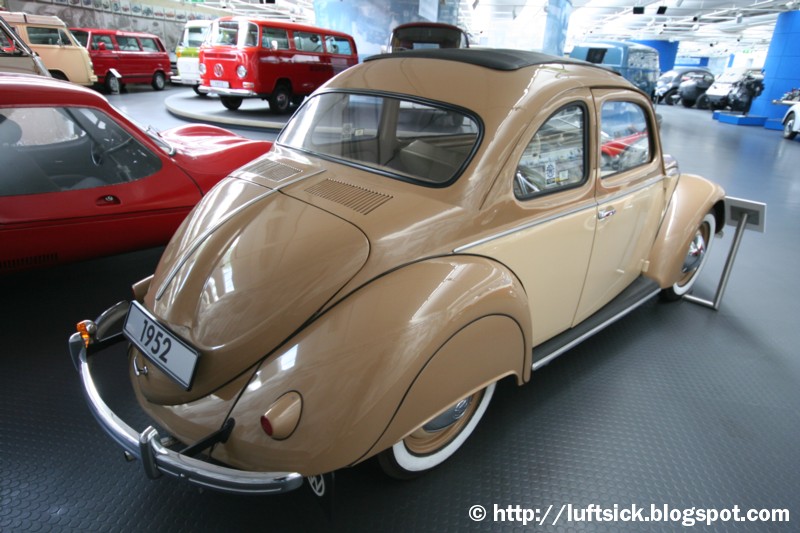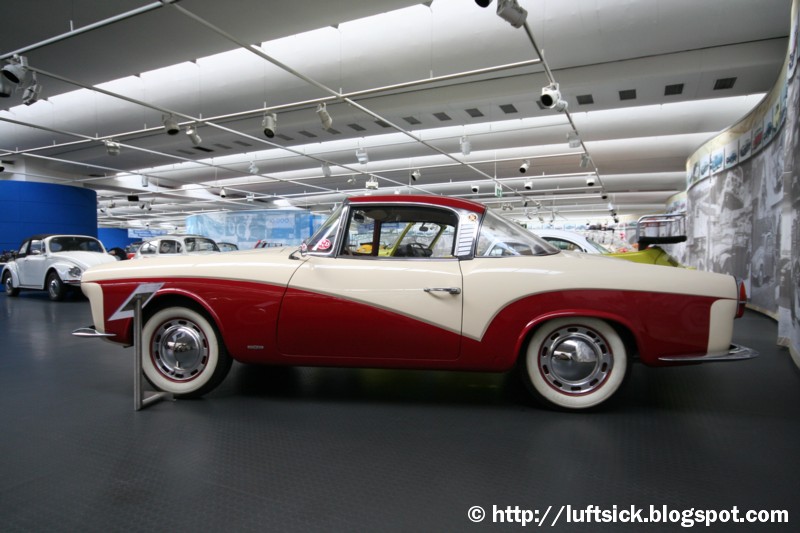
Below you can read a review from
Edmunds on the new GLK-Klasse:
<<
Compact Utility, Full-Size RefinementIt's hard to argue with half a million sales. Just ask Mercedes-Benz, because it's had to sit by while the BMW X3 has racked up 500,000 sales since the 3 Series-based crossover was introduced in 2003. Mercedes executives admit that they could do little but look on with envy as the market for premium compact SUVs has taken off in earnest.
Mercedes-Benz is putting on a brave face by suggesting the 2010 Mercedes-Benz GLK is arriving at a very opportune time. With gas prices showing little sign of retreating any time soon and environmental concerns no longer making the full-size SUV as attractive as it once was, the GLK should get a strong reception when it comes to the American market in January 2009.
The time is right for a utility vehicle that combines fuel-efficiency with the daily practicality that Americans want from a utility vehicle and then adds Mercedes-Benz refinement. Still, the new 2010 Mercedes-Benz GLK will have to do more than simply out-point the BMW X3 if it is going to make any worthwhile impression on buyers. It will also have to rise above the recently introduced 2008 Infiniti EX35 and the forthcoming 2009 Audi Q5, not to mention the 2009 Volkswagen Tiguan. As you can see, things just got a lot hotter in the market for premium compact SUVs.
C-Class With a Lift KitRelying on the same basic recipe used by BMW with the 3 Series-based X3, the 2010 Mercedes-Benz GLK has been conceived around the existing platform from the third-generation 2008 Mercedes-Benz C-Class. With its unit-body construction and compliant car-derived suspension, the GLK is the epitome of the modern-day SUV with a bias very much toward everyday on-road use. It does offer full-time all-wheel drive, however: an all-weather sort of system that nominally apportions 45 percent of the drive to the front wheels and the remaining 55 percent to the rear, with electronics taking care of stability and traction.
Aesthetically, the GLK is a bit of a challenge. Departing from Mercedes-Benz's current design lineage, it is clothed in an unusually edgy body that draws inspiration from the German carmaker's iconic G-Class. The steep screens and sheer body sides throw up some unhappy angles at times. Still, neat detailing ensures the GLK looks expensive and gives an impression of robustness � something that shouldn't be underestimated in this class.
At 178.3 inches in length, 72.4 inches in width and 66.5 inches in height, the GLK is a clear class below the Mercedes-Benz M-Class in size. By way of comparison, the BMW X3 runs to 179.7 inches in length, 78.2 inches in width and 65.9 inches in height.
Living RoomStep up into the GLK and you're instantly aware that the interior packaging is different from most rivals. This is because the windscreen is mounted at a rather upright 58 degrees, compared to the faster 50-degree slope of the M-Class' windscreen.
It is a layout that has necessitated a totally unique dashboard with a higher-mounted fascia than you'll find in just about every current Mercedes-Benz model save for the G-Class. With instruments and switchgear from the C-Class, however, it is anything but unfamiliar. Gripes about the quality of some of the plastic trim aside, the interior of the GLK is well thought out. The seating position is set 6.3 inches higher than in the C-Class, providing a reasonably commanding view of the road. Still, it is not so high as to leave you feeling detached from the action.
Mercedes-Benz originally planned to provide the GLK with the same front seats as the C-Class to lower production costs. However, the more upright windscreen requires a more upright seating position � a major conflict. As a result, the GLK boasts uniquely upholstered seats in which the upper section of the backrest receives added padding to help promote a more upright posture.
Diesel Coming SoonThe 2010 Mercedes-Benz GLK will be introduced to the U.S. market with the familiar 3.5-liter Mercedes V6. In the GLK350 it kicks out 268 horsepower at 6,000 rpm, only 8 hp more than the BMW X3's 3.0-liter inline-6, which is why Mercedes decided against the C-Class' 3.0-liter V6.
Nevertheless, this 3.5-liter V6 develops 248 pound-feet of torque between 2,400 and 5,000 rpm, substantially better than the BMW X3's 225 lb-ft of torque. The Audi Q5's 3.2-liter V6 produces 270 hp and 243 lb-ft of torque, respectively.
More important for the GLK's commercial future in America will be a 3.2-liter V6 diesel with Bluetec urea-injection technology. This clean diesel will be made available toward the end of 2009 for the GLK320 Bluetec.
HaulingThough it has 4,034 pounds to haul around, the 24-valve DOHC V6 gas engine does an impressive job. Its smooth but gutsy nature combines nicely with the slick, quick action of the standard seven-speed automatic gearbox to provide brisk off-the-line acceleration and impressive in-gear performance.
Mercedes-Benz says the sprint to 100 km/h (62 mph) takes just 6.7 seconds � some 0.7 second faster than the comparable BMW X3 and a scant 0.1 second inside the performance of the Audi Q5. Top speed is limited to 143 mph, but for most prospective GLK owners it will be the 4,400-pound tow rating that will matter most.
Dynamically, the GLK delivers more than most prospective owners will likely ask from it. The C-Class chassis on which it sits responds positively to enthusiastic driving, imparting a feeling of agility that seems at odds with the GLK's tall stature. Driven briskly over challenging roads, this Benz acts more like a sporting wagon than a traditional off-roader.
Front-end grip remains strong when you arrive into a corner quickly and body movements are impressively controlled as you commit to the apex. The steering is relatively quick for a utility vehicle at 2.8 turns lock-to-lock, and it earns praise from us not just because it delivers a great amount of communication but also because it offers inherent accuracy and an impressive lack of kickback.
Daily ComfortWhere the GLK really scores, though, is its cosseting ride. The suspension is extremely well controlled and retains its composure, with little noise being directed back into the cabin even on broken bitumen. There is none of the abrupt vertical body movement so characteristic of the BMW X3.
There is one caveat, though. Our impressions were gathered from a GLK flaunting an optional sport package, which brings such goodies as a ride height that's 0.8 inch lower, plus 235/50R19 front and 255/45R19 rear Pirelli P Zero tires.
As for its ability in low-traction situations, the GLK should also prove more than adequate for the majority of buyers, who are unlikely to subject it to anything more strenuous than a trip across their front lawn. Its 23-degree approach angle and 25-degree departure angle are better than the class average, as is its 19-degree breakover angle. With customary Mercedes thoroughness, the engineers have also ensured the GLK can ford a water crossing 12 inches deep.
Along with the standard model driven here, Mercedes-Benz is also set to offer the GLK with a pair of optional off-road packages. The first concerns the styling and adds 17-inch wheels with trail-rated tires, while the second allows the recalibration of the drivetrain and traction systems with the push of a button and also adds hill-descent control plus off-road GPS navigation capability.
Compact Utility, Full-Size RefinementReservations about quirky styling aside, it is hard not to be impressed by the 2010 Mercedes-Benz GLK.
OK, so the interior quality is somewhat patchy by Mercedes-Benz's vastly improved standards of late and there's just one engine choice for the time being. But in many other areas the new Mercedes-Benz GLK shows class-leading qualities, particularly in terms of driveline refinement and overall chassis competence.
One thing's for sure. The next-generation BMW X3, due out in 2011, is going to have to be a good deal better than the existing model if it hopes to mirror the sort of success it has had up until now. >>
Article copied from --> Edmunds Inside Line - First Drive: 2010 Mercedes-Benz GLK










Copyright � 2008, cars-action-car. All rights reserved.

